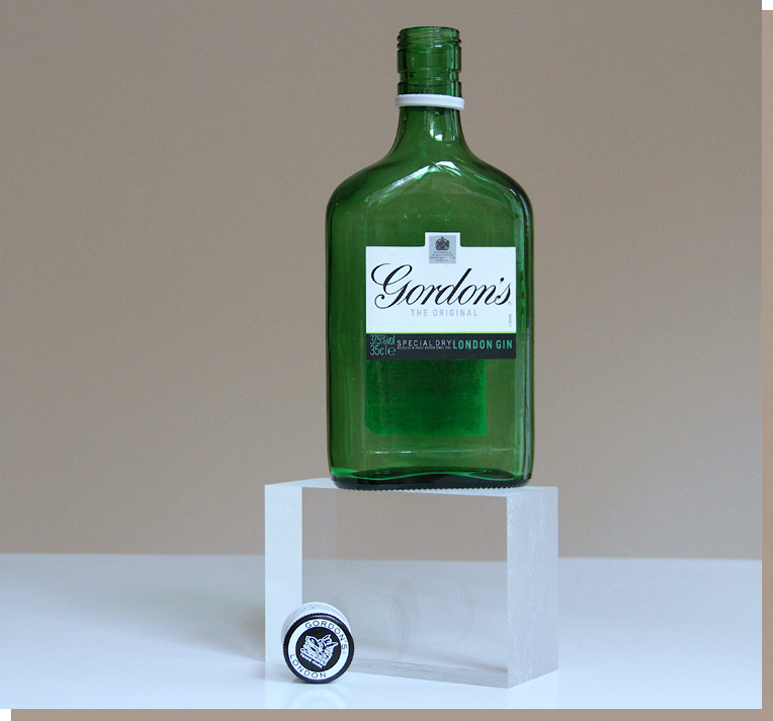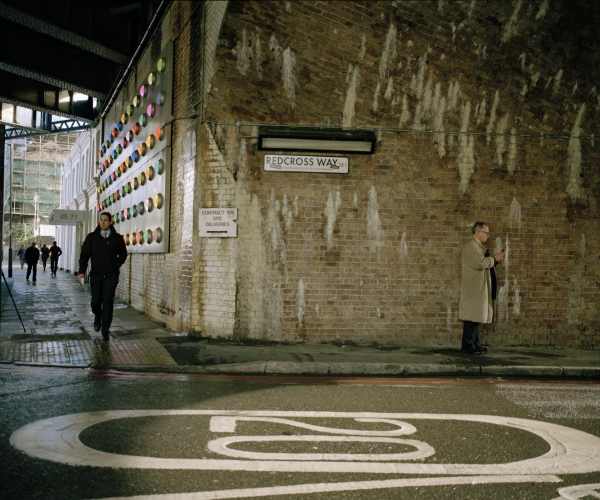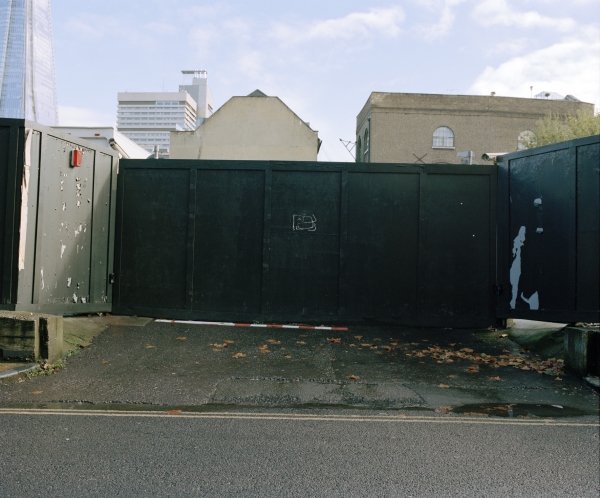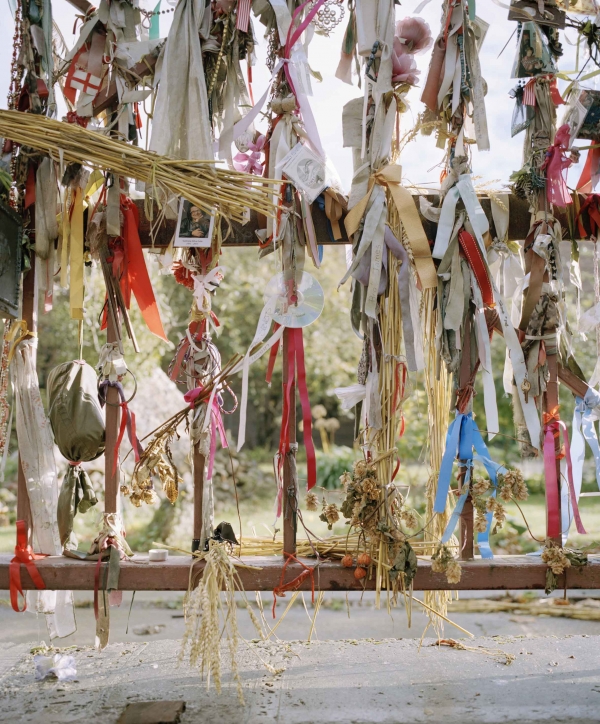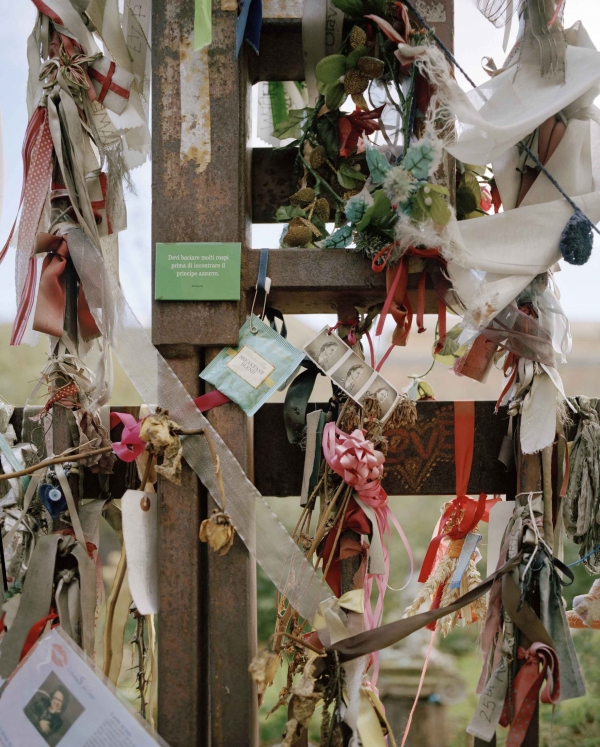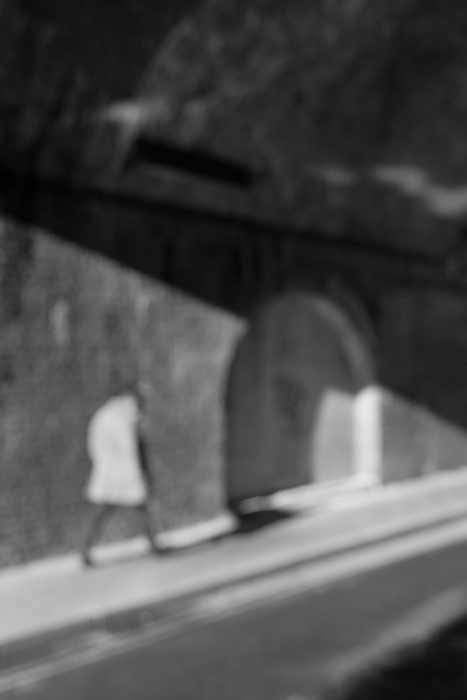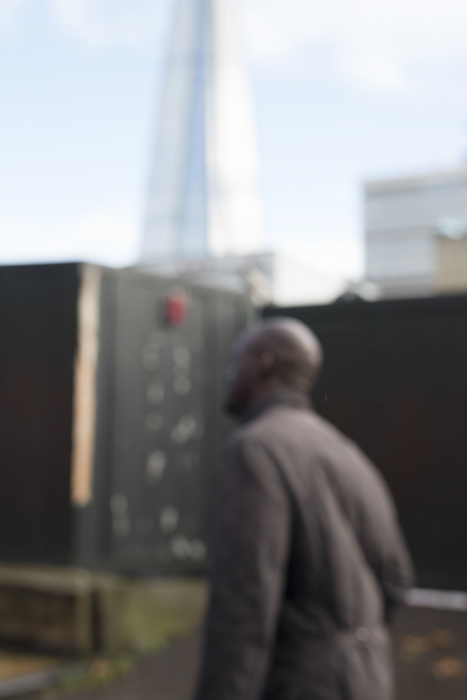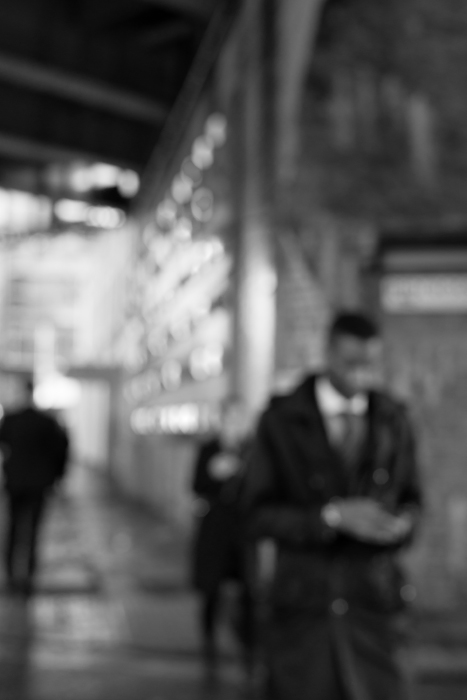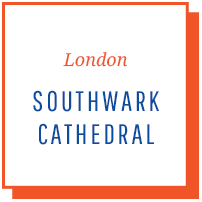"YOU'VE GOT TO GO!"
London in the mid-19th century. Poverty prevailed in the district of Southwark. Every day, destitute women and girls came to the slums where many were forced into prostitution.
One girl, only in her teens, succumbed to the inhumane conditions. Since her childhood, food had been scarce; there was never enough money. As a result of malnution, she was no more than four foot seven.
When the girl contracted syphilis, her health quickly deteriorated. The bacterial infection was incurable, and she had no access to medical treatment.
After her death, the girl’s corpse was buried in an unmarked grave at the parish’s poorest burial ground where, once again, her body was exposed to the effects of poverty. The graveyard, known as Crossbones, was by 1852 “crowded to excess” with “fragments of undecayed bones… mixed up with the earth.”1 This was no resting place.
In 2010, Tom, from Southwark, who had also grown up in the area, watched the BBC documentary, History Cold Case. In an episode entitled “Crossbones Girl”, archaeologists from the University of Dundee examined a syphilis-ridden skeleton excavated from Crossbones eight years earlier.
After that, thoughts of the graveyard wouldn’t leave him. “I thought, you’ve got to go”, he remembers.
That same year, Tom visited the Crossbones’ gates and, for the first time, took part in one of the monthly vigils. Today, he is among those who regularly attend. At the gates, he not only pays his respects to the dead, but stands in support of a campaign to protect the ground from further development. “I don't want them to be disturbed”, Tom reflected, thinking of those who were buried beneath his feet. “Don't disturb the spirits, they're sacred”.
1Cited in B. Holmes, 1896. The London Burial Grounds: Notes on Their History from the Earliest Times to the Present Day. Macmillan.
This empty bottle of Gordon's Gin is a replica of a gin bottle that often features at the end of the monthly vigils at the gates of Crossbones Graveyard in Redcross Way.
Led by local playwright and poet John Constable, members of the group sing songs, give readings, and read poems. Those present bring trinkets and ribbons to hang on the large iron gate that borders the graveyard. With this gesture, they remember those who are buried there, as well as relatives, friends or people they’ve heard about in the news.
The gin marks the end of the night vigil. A line of gin is trickled around the group and the gate, demarcating those who were present at the vigil (both living and dead) from the rest of the street. The bottle is then passed around and those willing take a swig.
The group also participate in a familiar call-and-response blessing, to the spirit of the graveyard:
Goose may you never be hungry
Goose may you never be thirsty
Goose may your Spirit fly free.
The Medieval prostitutes in this corner of London were known colloquially as the Winchester Geese, having worked under the jurisdiction of the Bishop of Winchester. Gin shares the graveyard’s connection with London’s prostitutes and poor. Although the liquor’s association with prostitution occurred later (most notably during the 18th century Gin Craze), it is highly likely that many of those buried at Crossbones, during its time as a parish burial ground, knew the liquor all too well.
After the vigil, the empty bottle is often seen inside the graveyard, next to a statue of Mary, a gaggle of ceramic geese and an assortment of candles.
TIMELINE CROSSBONES GRAVEYARD
2015
2015
Bankside Open Spaces Trust, working with the Friends of Crossbones, opened the graveyard as a memorial garden. Transport for London (which owns the land) granted a three-year “meanwhile” lease, leading to further campaigns and fundraising to ensure the graveyard’s survival.
2004
2004
The Crossbones monthly vigils began. Taking place at 7pm on the 23rd of every month, the ceremony (“for all faiths and none”) gathers at the gates with candles, incense, poems and music. People come to honour both those interred in the graveyard and anyone who identifies as an outcast.
1998
1998
The first Halloween procession to Crossbones to honour "the outcast dead" took place following the production of a play, "The Southwark Mysteries", at Southwark Cathedral. Led by local playwright and poet John Constable, processors were invited to tie ribbons, trinkets and messages to the gates that border the site. They also lit candles and sang.
1990
1990s
The site was disturbed during the construction of London Underground's Jubilee line. Archaeologists from the Museum of London Archaeology Service excavated 148 skeletons which, they estimated, accounted for less than 1% of the total burials. Locals established a campaign to save the site from development and stop further removal of human remains.
1760
1760s
The burial ground on Red Cross Street (later Redcross Way) opened as a paupers’ graveyard for St. Saviour's parish. It remained open for nearly a century until it was completely full and deemed a threat to public health and decency.
1590
1590s
The historian John Stow referred to a “single woman’s churchyard” in north Southwark. According to local lore, this plot of ground was located away from the parish church as a place to bury women who worked in the brothels and were denied a Christian burial. The precise location of the ground is not given.

